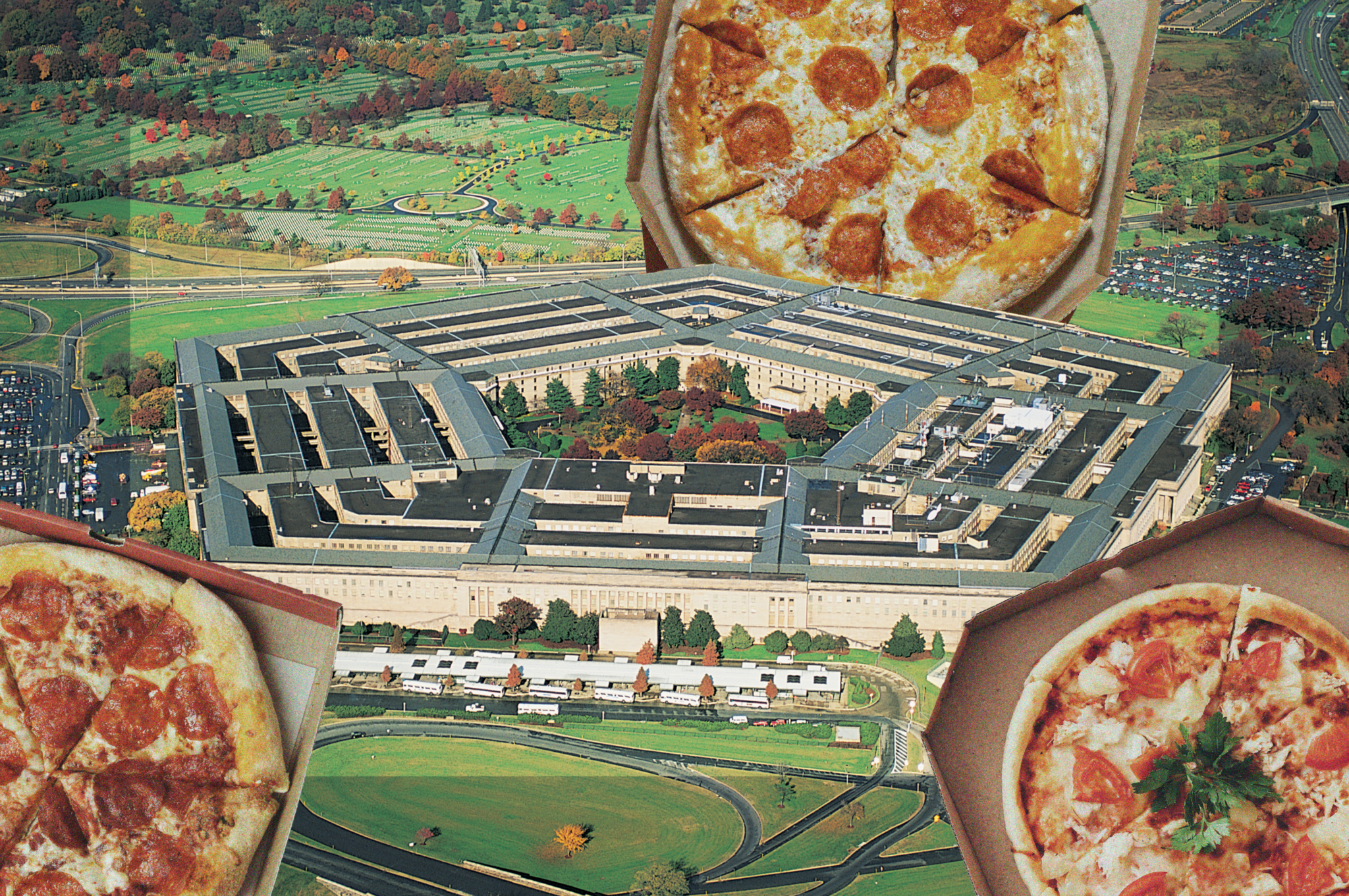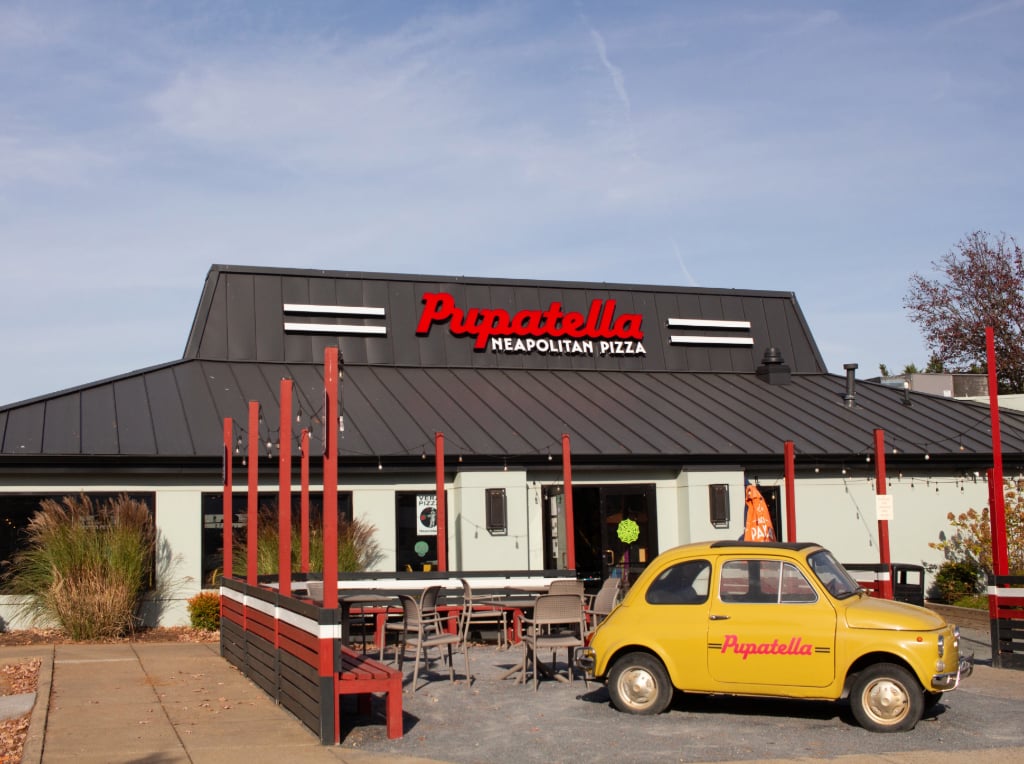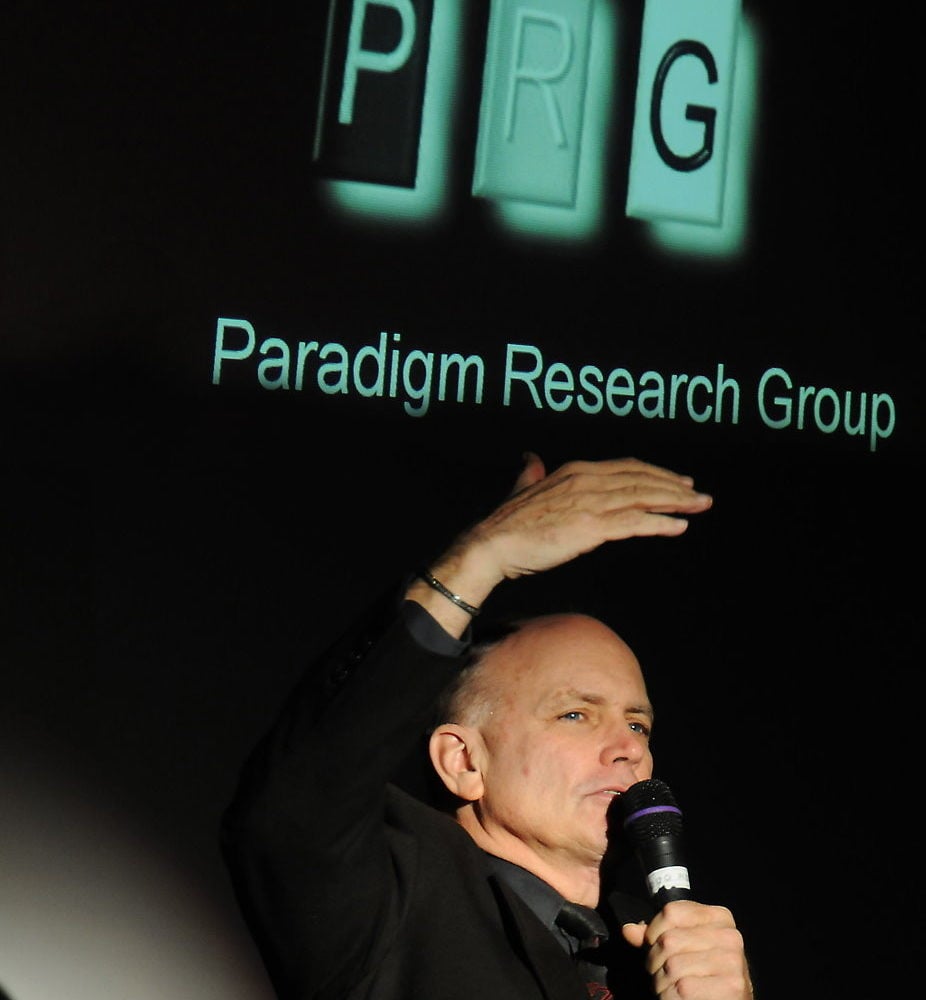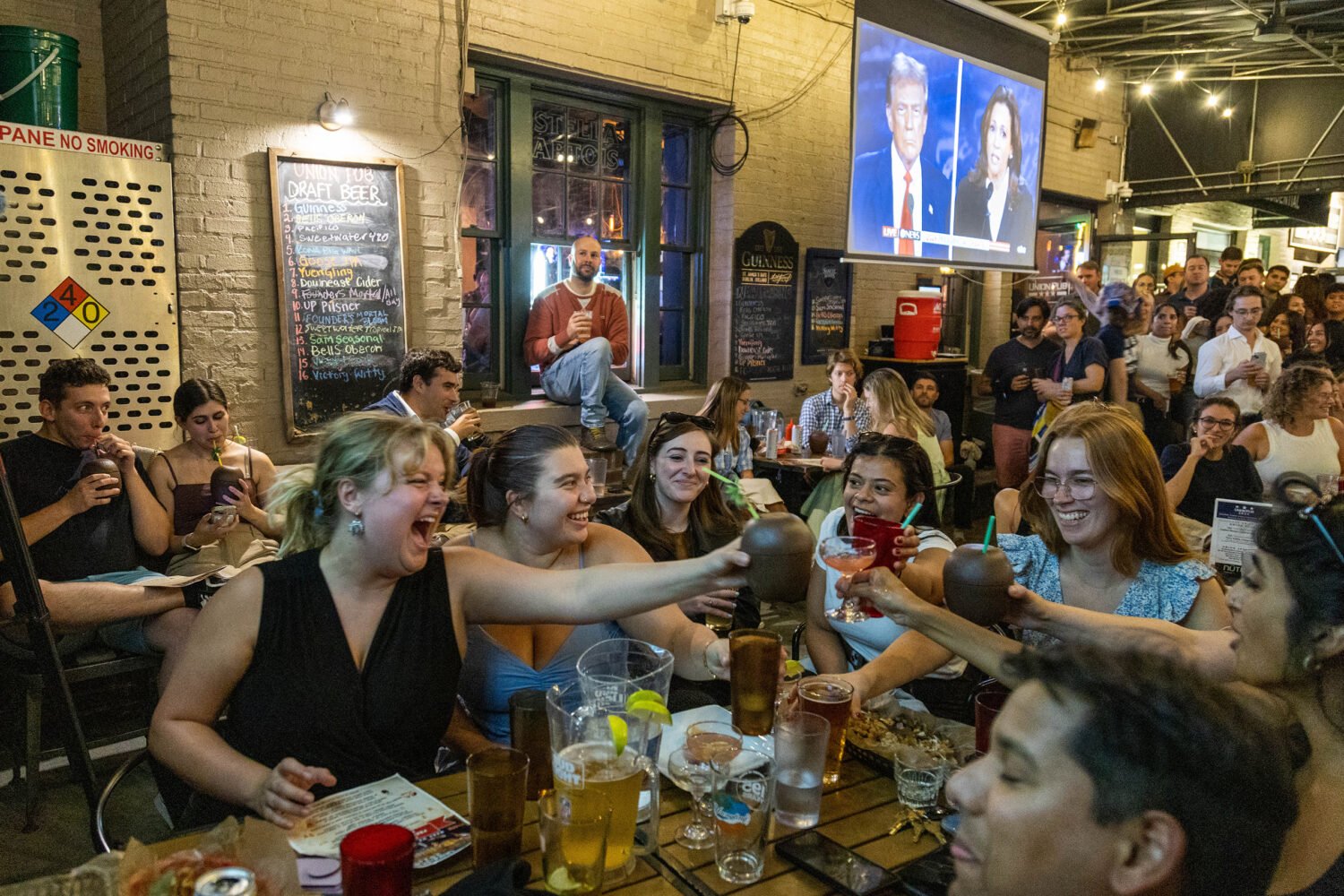On June 12 at 6:59 PM, activity at nearly all pizza shops close to the Pentagon surged, according to Google’s live activity tracking. An hour later, Israel struck Iran. Nine days later, activity at the Papa John’s near the Pentagon surged again. Hours later, the US bombed three Iranian nuclear sites.
In the lead up to that strike, President Donald Trump oscillated back and forth on his plans to address the volley of fire between Israel and Iran. And while he proclaimed “Nobody knows what I’m going to do,” some on social media turned to a different source of information: the Pentagon Pizza Report.
The account, which has been active on X since August of 2024 and is also on Bluesky, tracks the activity of pizza spots near the Pentagon using Google’s “popular times” data. (Pentagon Pizza Report also tracks activity around the White House and some US military bases.) Typically, people use Google’s popular times data to check how long the wait will be at a restaurant or if there might be crowds at a bar. But Pentagon Pizza Report operates on the premise that an uptick in pizza activity near the Pentagon—often coupled with a dip in activity at nearby gay bar Freddie’s Beach Bar—means Department of Defense employees are working overtime… and thus something’s about to go down.
This pizza theory isn’t new. In the 1990s, Frank Meeks, the owner of nearly 60 Dominoes franchises in the DC area, noticed a spike in pizza orders to the CIA and Pentagon the day before the Iraqi invasion of Kuwait. And so the theory was born: activity at Pentagon-adjacent pizza parlors can potentially predict military action.
But how accurate is the Pentagon Pizza Report really? And how does it even work? “This is a real tactic that could conceivably be used to measure activity near military installations and intelligence facilities,” says Ryan Fedasiuk, a researcher in the Security Studies Program at Georgetown University. The intelligence community actually has a name for pulling out trends from publicly available data: Open Source Intelligence gathering, or OSINT.
Google’s “popular times” data is collected using the GPS, Wifi, and Bluetooth signals, from devices that have opted into Google Location History, to triangulate the number of devices in a given establishment’s geofence—a virtual perimeter. This data is then aggregated and compared to a normal weekday to measure heightened activity. “Generally speaking in urban areas with high smartphone saturation, you can get a pretty good read of activity,” he says.
But Fedasiuk caveats that the activity patterns aren’t necessarily predictive of anything: “I wouldn’t say it’s reliable. There’s any number of reasons activity could be spiking or not spiking at a local pizza shop in the Washington, DC area—even those that are around US intelligence and military facilities. But it is one of many indicators you could use to determine that the government is up to more stuff on this particular Tuesday night.”
Reliable or not, Fedasiuk doesn’t rule out the possibility that foreign intelligence agencies might be monitoring the Pentagon Pizza Report. “I haven’t seen any evidence that foreign intelligence services are concretely using this to monitor activity near the Pentagon,” he says, “but I would be surprised if they weren’t trying.”















